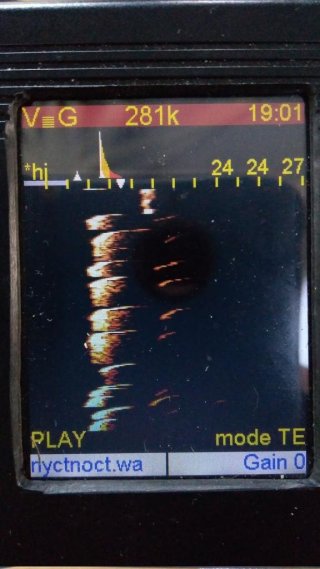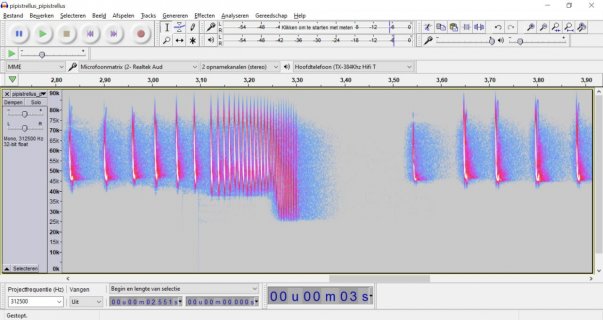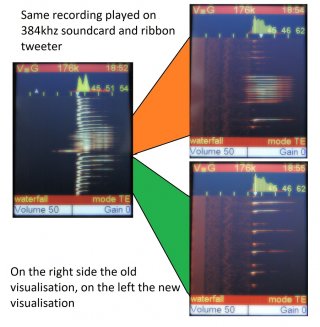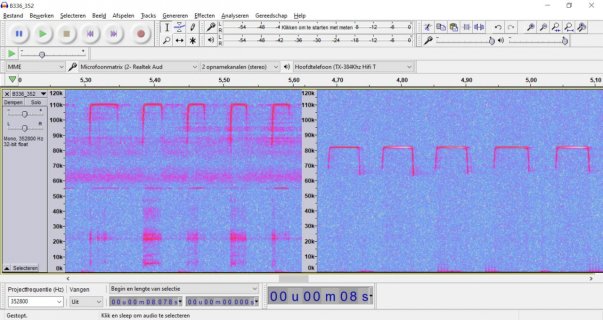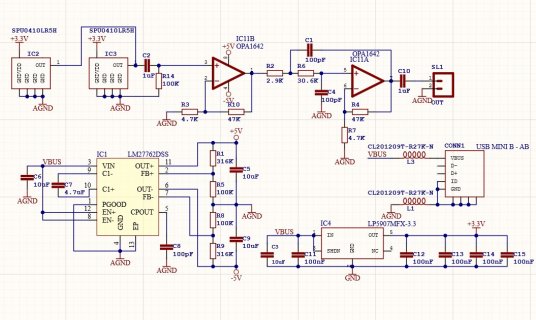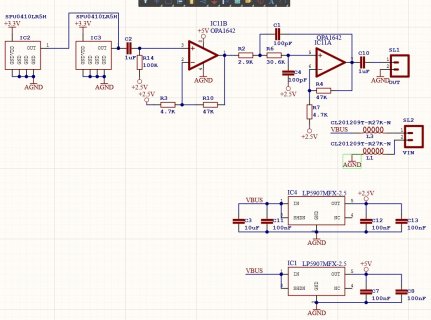Two nights ago I tried an FG element in my detector and found is was much weaker than the SPU element, maybe almost like 20 dB lower in my test recording. So I changed some parts in the amplifier and took out the small value capacitors that attenuated the lower frequencies and amplified the higher more so I used big capacitors here.
I went out for a walk, an the detector drove me crazy. Time expansion was triggered many times by crickets and when it did I heard every noise I made walking and rotating controls. My encoders sounded like BOOM BOOM BOOM in the headphones. I did not experience that before. Maybe that was the side effect of amplifying the low frequencies now as well.
What I did notice in the recordings with the FG is that harmonics do not show that easy. Somehow with the SPU I did see the 2nd harmonic like only 20dB below the 1st where the FG has a 2nd harmonic around 40dB below the first.
(Even if I use a similar amplifier circuit as on the SPU element).
Can these stronger harmonics come just from that microphone element?
For now I stil love the SPU element, the FG shows some thin lines in the spectrogram where the SPU does not seem to have these "beeps". Maybe an other aplifier could help.
Oh, I had the feeling the FG frequency response was not as flat as people suggested. A Graph that Cor poined out to me on the avisoft website shows a reasonably flat line. I have the feeling my FG elements picks up muck more low frequencies that the highs. Maybe there is a big difference per element. Hopefully Ivano or someone else has some experience with this.
SPU

FG

I know I have no lab conditions but it should be good enough to comepare, you will clearly see the difference. The stronger harmonics is not a big deal, it is still easy to see what kind of bat we hear here but FG looks so much better.
Kind regards,
Edwin


